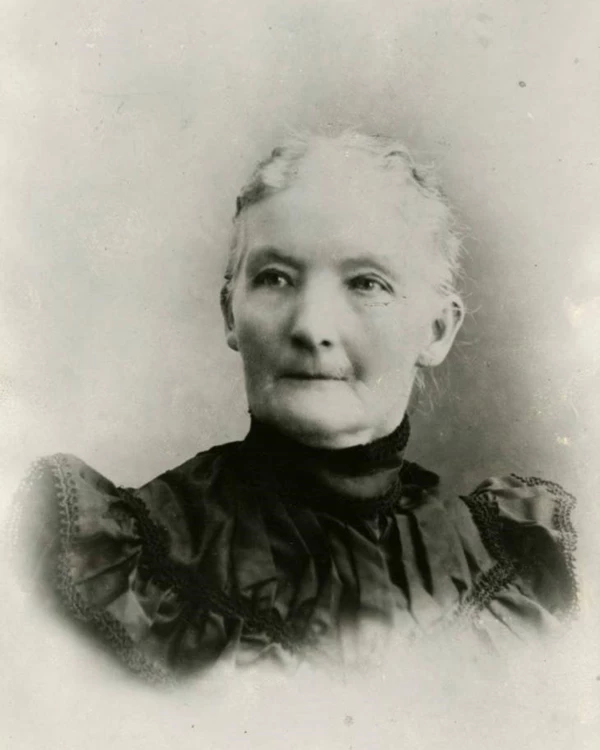Last updated: January 19, 2023
Person
Eliza Spalding

Washington State University Libraries' Manuscripts, Archives, and Special Collections (MASC)
Hailing from the Northeast United States, Eliza Spalding was a highly intelligent and well-educated woman. After marrying her minister husband, Eliza was sent as a Presbyterian missionary to the Nez Perce Nation. Her open-mindedness and skill with languages helped Eliza cement the success of the mission to the Nez Perce.
Eliza Hart Spalding was born on August 11, 1807, in Connecticut and grew up in New York. She aspired from a young age to be a missionary. In 1830, Eliza and Henry Spalding began corresponding, and in October of 1833 the pair were married in Hudson, Ohio, where Henry was attending Western Reserve College.
Eliza was passionate about language and learning and was highly educated. She attended a women’s seminary in New York, followed by a year at a school in Hudson, Ohio. Although not allowed to officially enroll because she was a woman, Eliza also attended classes with Henry during his two years at Lane Theological Seminary where she studied Greek and Hebrew. Eliza would be one of the first missionaries to learn a Native language, learning to speak and translate nimiipuutimit, Nez Perce language.
The Spaldings were initially appointed to the Osage tribe, located in present-day Kansas. However, their departure was delayed when Eliza gave birth to a stillborn child and fell ill. In the winter of 1835, the Spaldings were asked to join the Oregon missionary party with Marcus and Narcissa Whitman in lieu of their original destination with the Osage. The Spaldings agreed.
Once the missionary party arrived in Oregon Country, the Spaldings settled on the Clearwater River near the present-day town of Lapwai, Idaho, amongst the nimiipuu, the Nez Perce. Eliza was the first of the missionary party to learn the Nez Perce language which may be why she was also the first to build close relationships with Nez Perce individuals. Eliza used her language skills to create a visual representation of the story of the Christian bible, which became an important tool for missionaries to reach across language barriers.
Eliza was willing to accept help and learn from the women around her before she asked them to change. One instance where Eliza accepted help from nimiipuu women was when she gave birth to a daughter, also named Eliza, in November 1837. She would have three more children in the years following: Henry, Martha, and Amelia. Eliza’s positive relationships with nimiipuu people may have been her family’s saving grace after the attack on the Whitman mission station in late November 1847. After news of the attack reached Lapwai, Eliza turned to trusted Nez Perce friends to help her family. These individuals, including leaders Timothy and Thunder Eyes, helped protect the Spalding family as well as other American immigrants at the Lapwai mission from potential threats.
In the years after the events at the Whitman Mission site, the Spaldings moved their family from Lapwai to the Willamette Valley, in the present-day state of Oregon. Eliza Spalding died on January 7, 1851. After her death, Eliza’s husband Henry moved back to Lapwai, and was eventually buried there. Eliza’s remains were moved to Lapwai in 1913 to rest next to her husband.
To learn more about Eliza Spalding and her husband, you can visit Whitman Mission National Historical Site in Walla Walla, Washington, or the Spalding site of Nez Perce National Historical Park, in Lapwai, Idaho.
